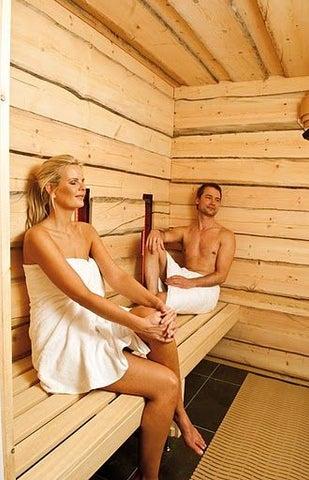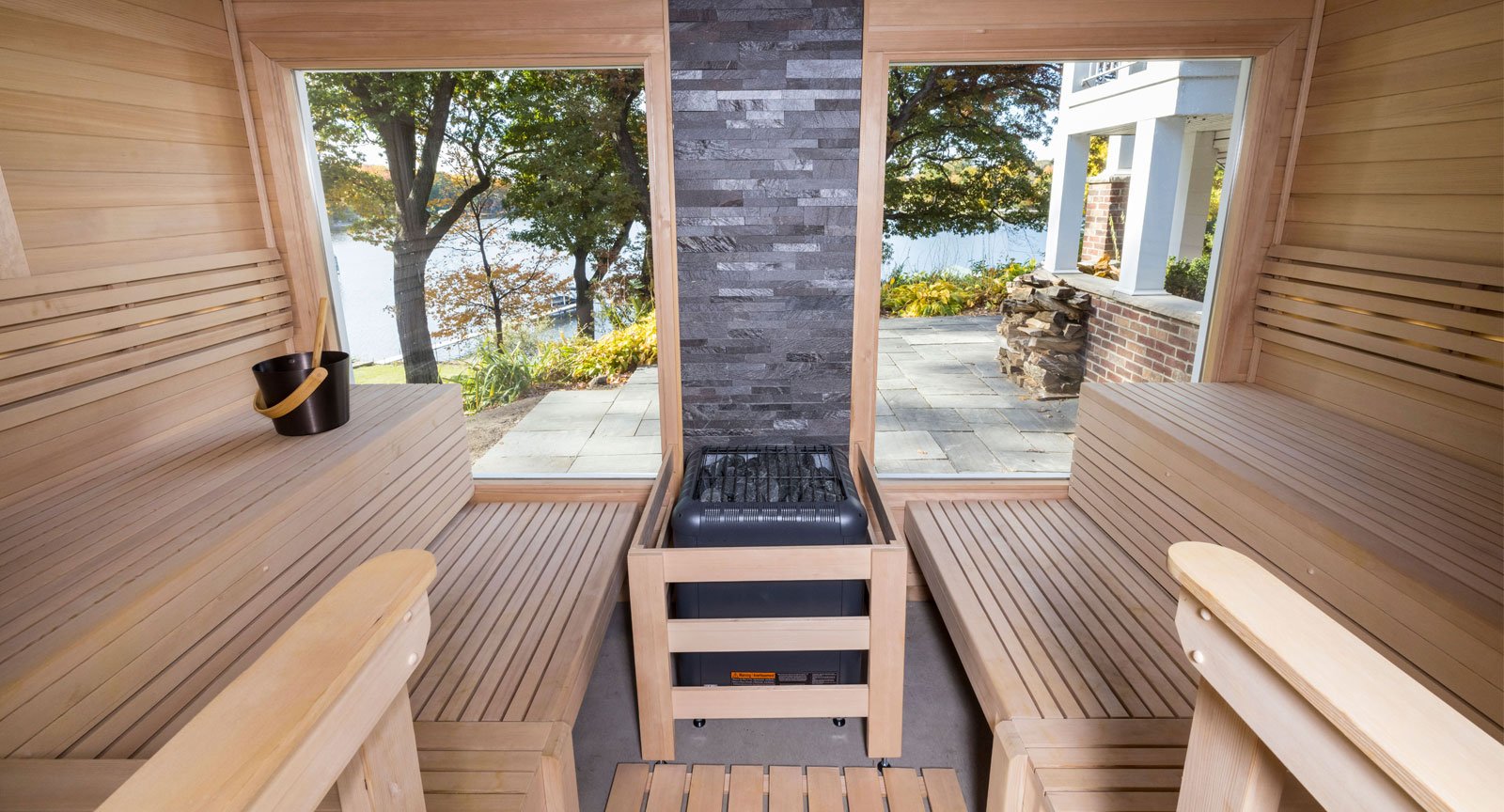About Traditional Sauna
About Traditional Sauna
Blog Article
Getting The Traditional Sauna To Work
Table of ContentsNot known Incorrect Statements About Traditional Sauna Some Of Traditional SaunaThe Single Strategy To Use For Traditional SaunaSome Known Details About Traditional Sauna Things about Traditional Sauna
The majority of the weight shed in a sauna is water loss and is re-gained upon rehydrating. Nonetheless, undoubtedly sauna can be an essential part of a healthy weight-loss program. To consider the differences between conventional and IR saunas, I will divide these into proven, theoretical, and made distinctions.Therefore, the hottest point in the saunawhich is at the ceiling directly above the sauna heateris normally in between 185 and 190 F. Claims that a conventional sauna goes beyond 200 F is simply not true and not appropriate for electrical saunas sold in the United States. The temperature for a far-infrared sauna is usually set in between 120 and 140 F; nonetheless, unlike the traditional sauna, the goal in and IR area is not to achieve a high temperature level.

When a traditional sauna has actually been appropriately warmed, the sauna wall surfaces are warm, the air temperature level has attained established temperature and the rocks are incredibly warmed. As an intriguing side note, the heated wall surfaces and the rocks are sending out far-infrared warm, integrated with the heated air, to develop an "wrapping up heat".
The 7-Second Trick For Traditional Sauna
When the heat is achieved, the components cycle on and off to preserve the high temperature level. Most conventional sauna users take pleasure in putting water over the rocks to create heavy steam to raise sauna moisture levels. The benefits of putting water over the rocks include: making the area a lot more comfy, dampening the nasal flows, and permitting the use of aromatherapy by mixing important oils with the water.

When the power goes into the body, it creates the body temperature to raise and inevitably causes perspiration. In an infrared sauna it is very important for the emitters/heaters to continue to be on nearly constantly. Because there is no mass of rocks to published here retain warm, the sauna will cool down if the emitters shut down.
3 Simple Techniques For Traditional Sauna
As mentioned over, the sauna bather in an infrared room wants to position himself in front of running emitters to obtain maximum advantage from the my explanation heat. The home heating time for both spaces can be very different, depending upon how the spaces are used. For a standard sauna, a bather must permit 30-40 minutes for the area to achieve a desired temperature and to correctly pre-heat the rocks.

A well created sauna will usually achieve a temperature level of 150-160 F in regarding 30-40 minutes. For hotter temperatures, the room might need to heat for a longer period.
To some, 15 mins was "thrown away" while the infrared energy heated the wood panels instead of heating a body, while others locate a pre-heated space to be a lot more comfy and believe an elevated starting temperature is necessary to start sweating. The size of recommended usage for every space is around the same (10-15 minutes per session); however, because of the lower air temperatures and the ability to really feel the results of infrared warm quicker than a standard sauna, it is not uncommon for an individual to spend a total of 20-30 mins in an infrared sauna.
The Ultimate Guide To Traditional Sauna

The ordinary price per kWH of electricity in the U.S. is approximately $0.11, so a 4.5 kW heater will cost approximately $.50 to compete one hour, if the heating system runs continually for one hour. Generally a sauna heating system will certainly run for 75% of the very first hour and 50% of subsequent hours on because the components cycle once the set temperature is achieved.
A two person far-infrared area is typically physically smaller sized than a traditional sauna, usually about 4' x 4' or smaller. The IR heater is usually 1.5-1.7 kW making use of a 120 volt 15 amp plug-in service. Since the room can be used sooner than a sauna area, we will certainly think the space is made use of for to of an hour consisting of warm up time.
There is a seldom gone over distinction in the social experience between the 2 rooms. While our society has shed a few of the social benefit of the conventional sauna experience, it can be extremely socially rewarding (Traditional Sauna). From family time in the sauna, to heart-felt conversations with better halves, to sauna partiesthe typical sauna experience can result in intimate socializing
Not known Facts About Traditional Sauna
A lot of higher end infrared areas include next colored light therapy, sound systems and full-glass fronts.
Report this page